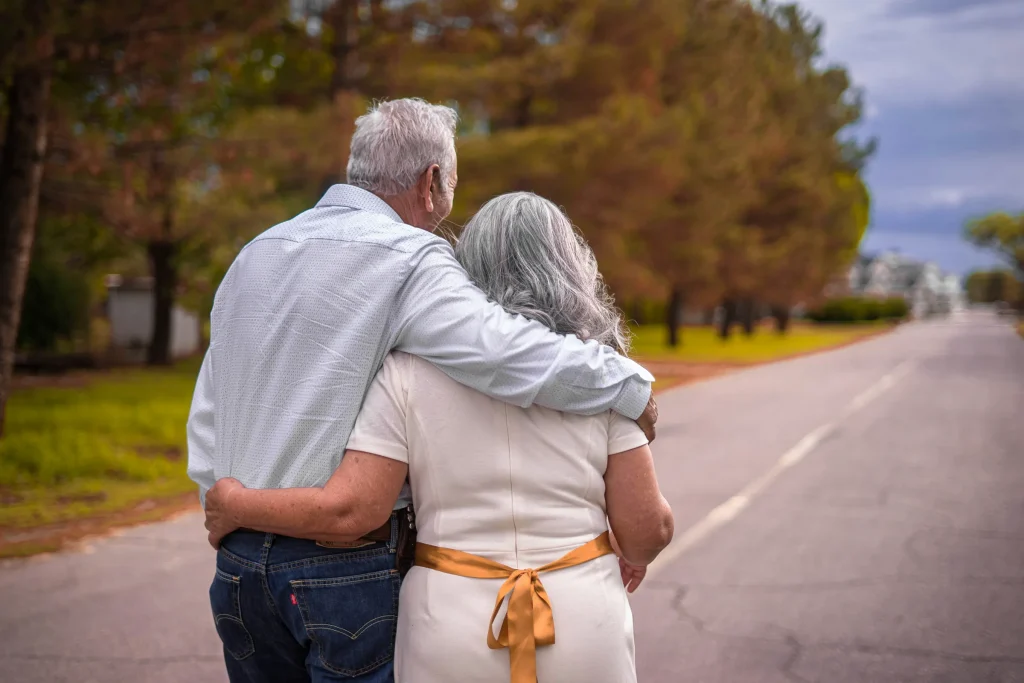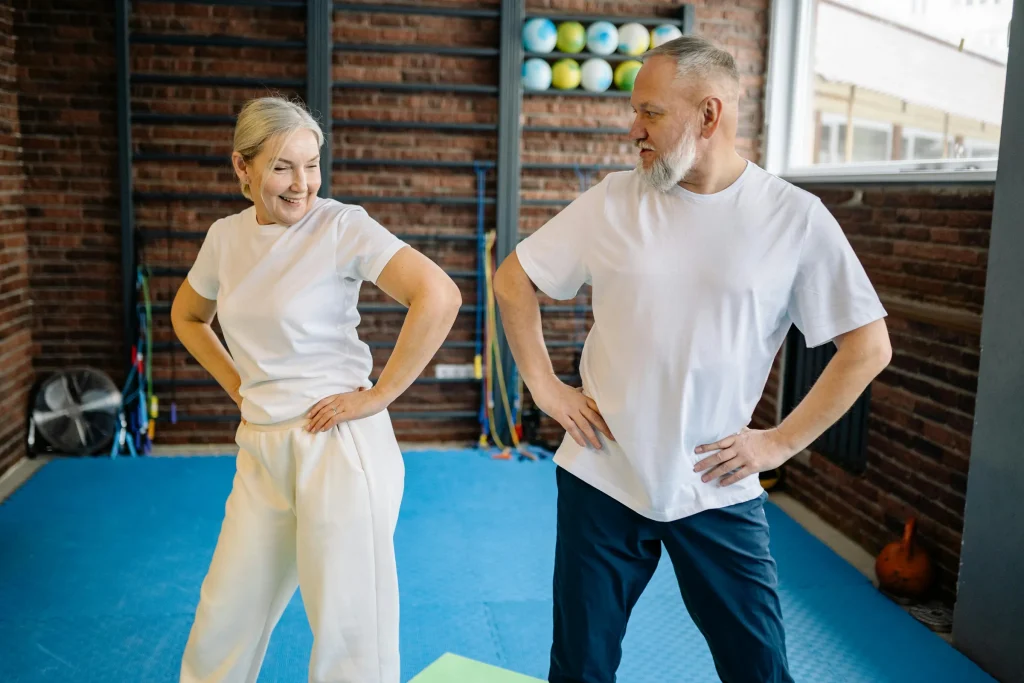Although people of any age can be injured by a fall, older adults are at increased risk of falling and are more likely to suffer serious, potentially fatal consequences.
Every year, more than 1 in 4 Americans ages 65 and older falls, and 3 million are treated in emergency rooms due to fall-related injuries. Not to mention, falls cause more than 95% of broken hips.
Learning about the causes of falls and how to prevent them can help keep you or a loved one safe.
Q: What are the primary causes of falls?
A: People fall for a variety of reasons. Some of the main causes include:
- Trips and slips
- Problems with balance and reflexes
- Loss of muscle strength
- Impaired vision
- Chronic or acute illness
Certain medicines can increase the risk of falling if they make you feel dizzy, sleepy, or confused. Medicines that may increase the chances of falling include muscle relaxants, antidepressants, opioids, sleeping pills, diuretics, and heart and blood pressure medicines. Alcohol or drug use can also increase the risk for falls by impairing your reaction time, judgement, or coordination.
Your risk of falling increases with the more risk factors you have. Known risk factors for falls include:
- Previous falls
- Difficulty walking or getting out of a chair
- Blood pressure dropping when standing up after lying down
- Taking many different types of medication
- Foot pain
Q: What can be done to prevent falls in the home?
A: These preventive steps can help reduce the risk for falls inside the home:
- Keep floors free of wires, cords, clutter, and throw rugs.
- Ensure carpet is securely fastened to the floor and that large area rugs have skid-proof backing underneath them.
- Install grab bars inside and outside the bathtub and shower, as well as beside the toilet.
- Clean up any spills immediately.
- Make sure stairwells are well-lit and have sturdy handrails installed on both sides.
Q: What can reduce the risk of falling outdoors?
A: These safety tips can help prevent falling when outside:
- Wear shoes with low heels and rubber soles.
- Use handrails on stairs.
- Clear leaves, snow, and ice from sidewalks and other walkways.
- Slow down and step carefully when going up or down curbs.
- Carry personal items in a shoulder bag, small backpack, or fanny pack to keep hands free to grasp railings.
- Use a cane or walker for more stability.
Regular exercise that strengthens your legs and improves your balance can also decrease your risk of falling—and help you stay in shape!
Online Medical Reviewer: Renee Watson, RN, MSN








